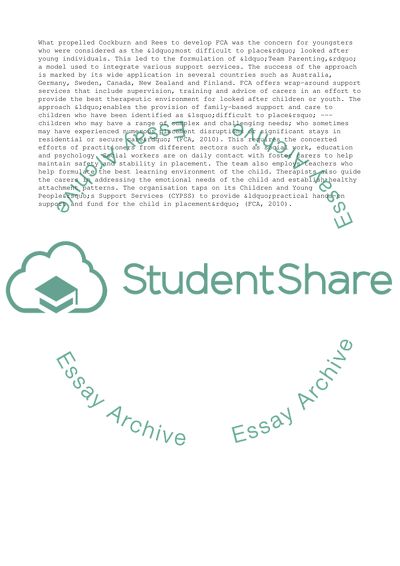Cite this document
(An Essential System and Members for Success in the Services Provided Research Paper, n.d.)
An Essential System and Members for Success in the Services Provided Research Paper. Retrieved from https://studentshare.org/management/1737998-working-in-organisations
An Essential System and Members for Success in the Services Provided Research Paper. Retrieved from https://studentshare.org/management/1737998-working-in-organisations
(An Essential System and Members for Success in the Services Provided Research Paper)
An Essential System and Members for Success in the Services Provided Research Paper. https://studentshare.org/management/1737998-working-in-organisations.
An Essential System and Members for Success in the Services Provided Research Paper. https://studentshare.org/management/1737998-working-in-organisations.
“An Essential System and Members for Success in the Services Provided Research Paper”, n.d. https://studentshare.org/management/1737998-working-in-organisations.


